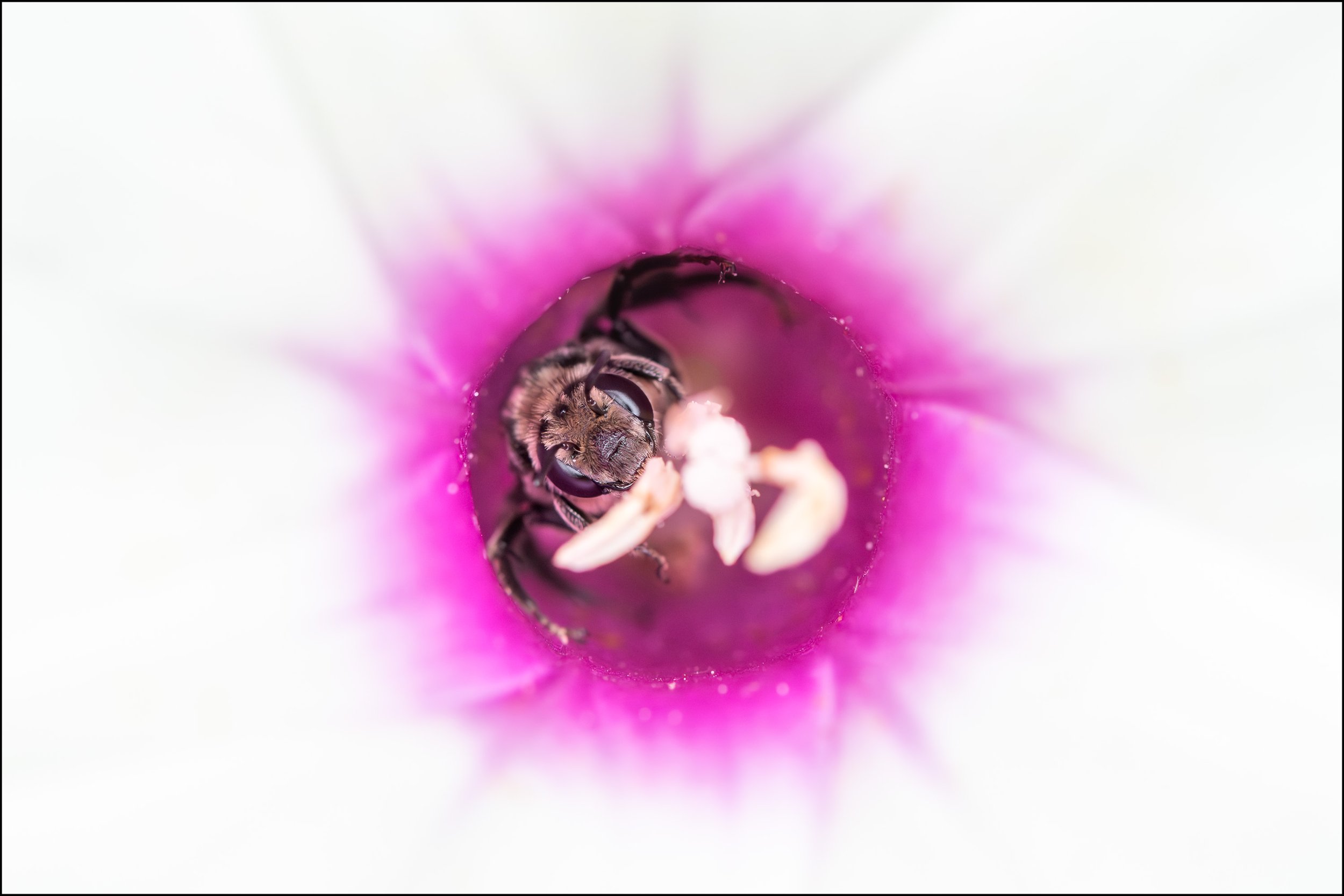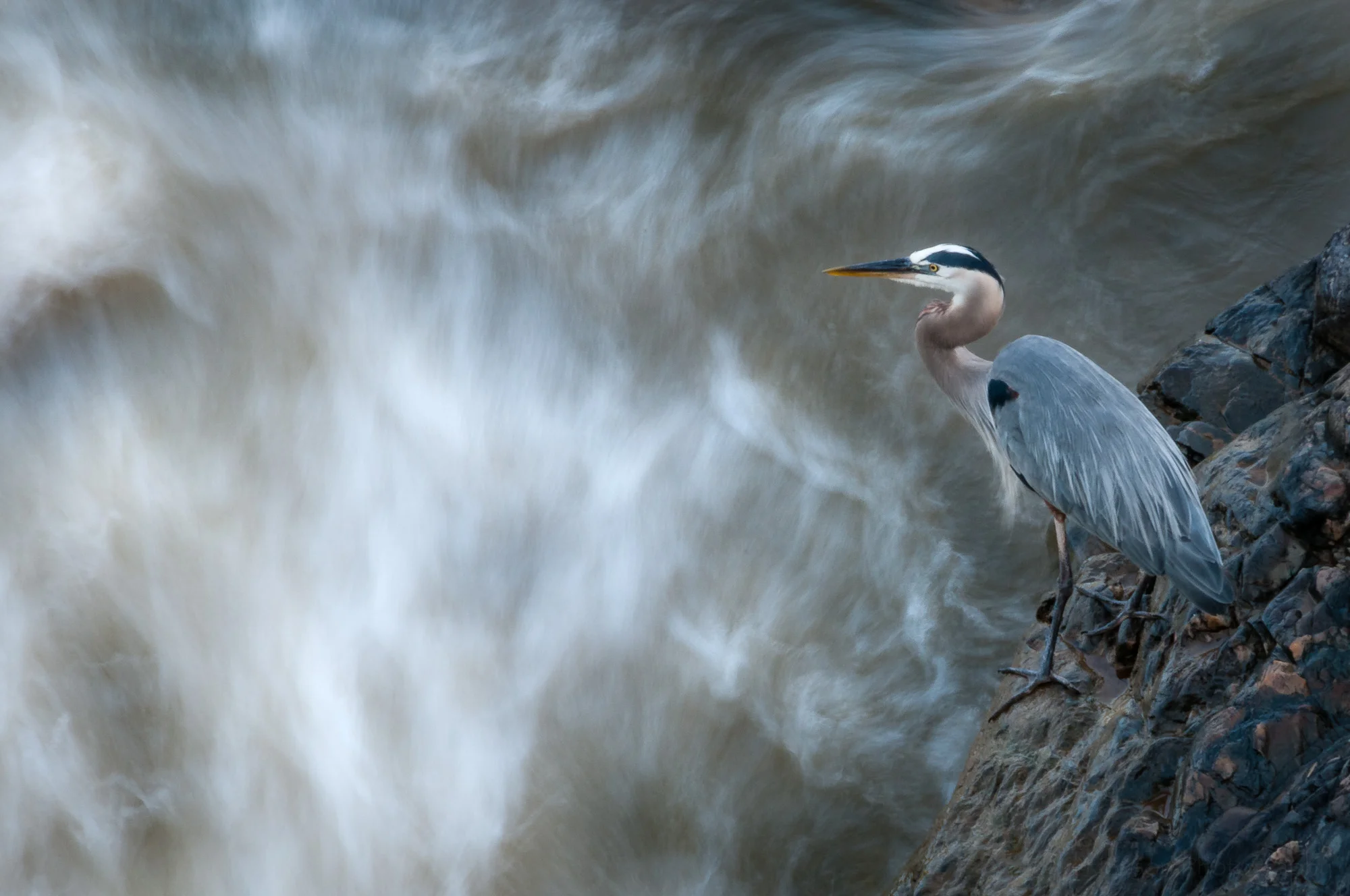To the Falls
This photo of a paddler maneuvering his kayak upriver brings back great memories of a fantastic morning spent photographing the scenery and several paddlers at Great Falls on the Potomac River. I began the day photographing from some of the observation areas up top on the Virginia side. At first I focused on the river, itself, but then I began focusing on the paddlers on the water.
Later I decided to hike down the trail that leads to a lower area of rocks closer to water level. This is the trail some rafting groups take to bring their inflatable rafts to the rivers edge. From there they’ll take guests on a beautiful trip downriver. You have to be very careful in this area as it’s steep and rocky, and if it’s been raining it can make the rocks extremely slippery. And I have no interest going down there if the water level is too high. But you can see from the markings on the cliffs the water level that day was low compared to what it often is.
I found a spot on the rocks at a safe distance from the water, sat down, and started photographing. As when I was higher up at the observation areas, I focused both on the river and waterfalls, and on the paddlers in their kayaks. It’s always fun watching these folks maneuvering through the water, sometimes trying different moves, or positioning themselves for a specific feature on the river.
Then one of the paddlers maneuvered his kayak to the rocks just below me and came ashore, climbing up the rocks to sit near me. We had a nice conversation, talking about being on the river, different places where folks like to kayak, and photographing kayakers. We exchanged email addresses and I promised to send him any good shots of him I managed to create.
It was after he’d returned to the water I realized I had the opportunity to create the photo you see here. For most of the day I’d photographed paddlers using more telephoto focal lengths to zoom in on them and the action. But here I saw the potential for a wider view with the kayaker moving upriver, the larger falls in the distance, hopefully giving the viewer a sense of the anticipation of what’s to come, that slight calm before entering the rapids. I decided to title the photograph, To the Falls.
Do you enjoy these posts?
Sign up to receive periodic emails with updates and thoughts. Don’t worry, I won’t spam you. And please consider purchasing artwork or products from my online store, and using my affiliate links in the sidebar to the right when shopping online.
I appreciate your support!





































